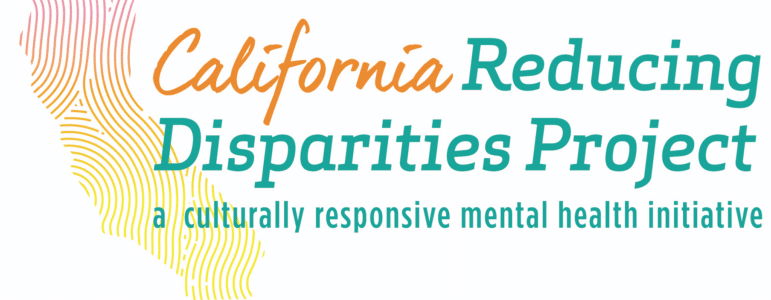About Us
Foundations of Gender Inclusive Schools Training
Inclusive Schools Network
The Gender Spectrum Inclusive Schools Network (ISN) is a learning community of
educational professionals committed to creating school settings where every child’s gender is seen,
understood, and respected. The ISN equips members with skills and knowledge to be leaders in bringing
gender inclusive schools to their institutions.
Elements of the ISN include:
- A two-day Inclusive Schools Institute, comprised of a cohort of educators in the region
- Access to online workshops focusing on different topics related to gender-inclusive schools
- Regularly scheduled “drop-in” office hours with Gender Spectrum staff
- Gender Spectrum resources, including slides, handouts, tools, videos and communications
- Participation in ISN groups and forums on the Gender Spectrum Lounge
- Archive of lessons and other resources created by Gender Spectrum and ISN members
Creating Gender Support Plans
More than any other resource, Gender Support Plans (GSPs) have allowed schools across the United
States and beyond to thoughtfully address the specific needs of transgender and nonbinary students.
Through the use of a Gender Support Plan, what can feel like a daunting task becomes a series of
individual decisions and practices grounded in common sense approaches educators employ every day.
GSPs leverage the positive spaces established through gender inclusive practices. More than any other
resource, GSPs have allowed schools across the United States and beyond to thoughtfully address the
specific needs of transgender and nonbinary students. Their purpose is to create shared understandings
about the ways in which the student’s authentic gender will be accounted for and supported at school.
Rather than a moment of crisis, a gender-expansive student’s enrollment will affirm the truly gender-
inclusive climate a school has worked so hard to create.
Each student’s GSP will be unique, informed by the student’s individual’s needs, community, family
situation and personality. What all GSPs share in common is an intentional and transparent process for
systematically addressing the various areas that can otherwise negatively impact the student’s
experience at school. While a GSP is most effective in a setting that is proactively designed around
gender inclusive principles, their lack does not preclude the use of a GSP. In fact, the absence of such
conditions makes a carefully crafted plan essential for the student’s safety, well-being and success at
school.
Learn more about using the Gender Support Plan.
The School/Home Partnership
Establishing this collaborative relationship is not always easy. For some families of gender-expansive students, experiences with schools have been challenging, and in some cases combative. Often facing systems unprepared or unwilling to meet their child’s needs, parents may approach their child’s school ready to do battle. It is critical that educators are especially focused on building trust with the family, acknowledging their fears and articulating your commitment to ensuring their child’s well-being. By genuinely demonstrating that their gender-expansive child is a welcome addition to your community, schools position themselves to establish an authentic partnership with families. The Framework for Inclusive Schools describes a number of tangible steps schools can take to demonstrate this welcoming stance. In so doing, you are setting up a relationship grounded in a common cause: the child’s successful experience at your school. Practical tips for creating a healthy school/home partnership can be found in our Initial School Meeting, a simple agenda for establishing this critical relationship.
What is a Gender Inclusive School
A Framework for Gender Inclusive Schools
Our “Framework for Gender-Inclusive Schools” guides you through the intentional development of
gender inclusive school settings. This framework utilizes four discrete approaches, or entry points,
briefly these are:
Internal: Educators’ own knowledge and experiences of gender.
Interpersonal: Interactions, behaviors and communications that reinforce the school’s commitment to
gender inclusion for all.
Instructional: Specific ways in which teaching and learning are used to instill greater awareness and
understanding about gender.
Institutional: Structural steps that create a foundation for gender inclusive practices to take hold.
Read more about the Framework and ways to use it in your school.
Resources
understanding gender
Understanding Gender
The Language of Gender
Myths About Gender
A “Gender Inclusive” World?
My Gender Journey
Sex? Sexual Orientation? Gender Identity? Gender Expression?
The Transgender Child: A Handbook for Families and Professionals
The Gender Creative Child: Pathways for Nurturing and Supporting Children Who Live Outside Gender Boxes
Gender Born, Gender Made: Raising Healthy Gender Non-conforming Children
Frequently used resources
Supporting Gender Expansive Students
Using the Gender Support Plan
Communicating a Change in Gender Status and the Gender Communication Plan
Privacy Issues and Considerations
Creating Gender Inclusive Schools (film)
Transgender Students and School Bathrooms
Framework for Gender Inclusive Schools
Schools in Transition: A Guide for Supporting Transgender Students in K-12 Schools
National Association of Independent Schools and Gender Spectrum: Gender Inclusive Schools FAQs
Inclusive Schools Network
Gender Spectrum works with educators nationwide on creating gender inclusive schools. Learn more in
our professional development and training page.
general resources
Why Focus on Gender?
Introduction: Creating Gender Inclusive Schools
Sample Letter to Parents on Gender Inclusive Training
Initial School Meeting
Gender inclusive signs
Gender Across the Grades
Talking to Young Children About Gender
Principles for Responding to Concerns
Responding to Concerns: Teaching About Gender
Responding to Concerns: Supporting Transgender Students
Online Programs for Educators




